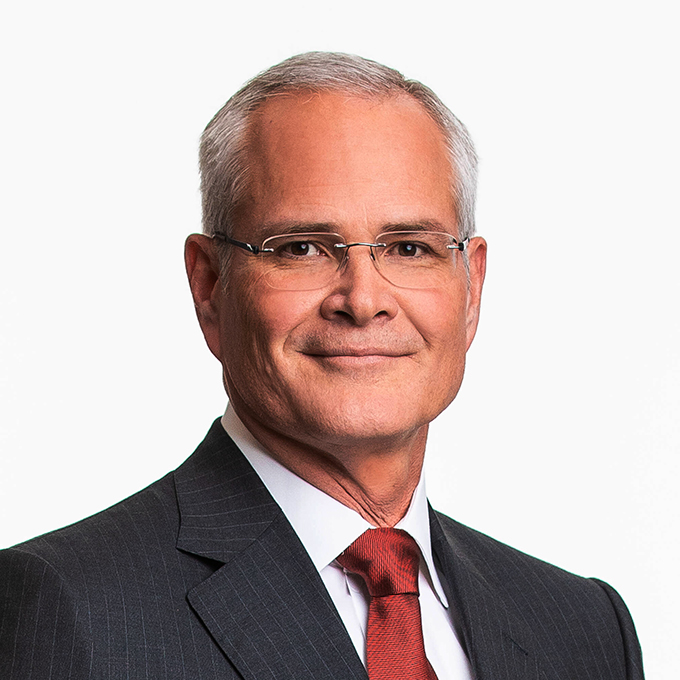ExxonMobil’s second-quarter profits are expected to steeply increase making it one of the strongest quarters in the US oil producer’s history, according to Wall Street analysts.
The information was revealed in a recent Reuters report which stated that, based on projections, Exxon can see its first-quarter earnings double.
Last Friday, Exxon signalled that it could generate a record quarterly profit owing to the skyrocketing margins from fuel and crude sales. The information was contained in its security filings. The disclosures indicated an operating profit of about US$16.8 billion. The official results are due on July 29.
Reuters added that analysts raised their quarterly profit outlook on Exxon to about $4.02 per share from $2.99 a share prior to the Friday securities filing. The filing showed Exxon expects oil and gas operating profits of more than US$10 billion, US$4.5 billion from producing gasoline and diesel, and about US$2 billion from chemicals and motor oils. Exxon, like other U.S. oil companies, has been plowing higher profits into debt reduction and plans to buy back up to US$30 billion of its shares.
Energy prices have risen and continue to rise owing to low production from the COVID-19 pandemic and more recently, the war Russia has waged on Ukraine.
With increased profits, the US White House has been calling for a windfall profit tax to cushion the effects of rising fuel prices. Reuters reported that the White House repeated its call for oil companies to “use their record profits to expand refining capacity, increase supply, and most urgently reduce costs for the American people.”
However, Exxon’s spokesperson Casey Norton was quoted as saying that the company was “investing more than any other U.S. company to grow oil and natural gas production.” Its U.S. shale output will rise by 25% this year and oil processing at its biggest Texas refinery will grow 250,000 bpd in the first half of next year, he said.
The Reuters report indicated that Exxon shares fell 3% to US$84.81 on Tuesday as benchmark oil prices slid US$10.73 a barrel on worries a possible global recession could hurt demand.
U.S. President Joe Biden and lawmakers pointed to the soaring profits as evidence the oil industry is putting profits ahead of customers, contributing to inflation. Exxon, Biden said last month, was making “more money than God”. That has renewed the call for the company to pay more taxes and invest in increased production.
Exxon borrowed heavily during the pandemic and posted a historic $22.4 billion loss in 2020 to finance future production and pay dividends to shareholders.
“High energy prices are largely a result of underinvestment by many in the energy industry over the last several years and especially during the pandemic,” said Exxon’s Norton.
Room
Meanwhile, Exxon’s CEO Darren Woods had told the UK Financial Times that oil prices have room to climb higher before they push companies to invest more in increased production.
“They always say the cure to high prices is high prices. And that’s exactly what I think we’ll see…so it’s a question of how high prices eventually rise,” Woods told the Financial Times.
Exxon is expected to invest US$20-27 billion annually through 2027 on the development of more oil and gas projects. That number, however, is down from the forecast of US$30 billion or more that the company had committed to pre-COVID-19.
According to the Financial Times report, the rush to clean energy is a major factor behind the oil and gas market being unable to meet current demands. Exxon, unlike other global oil producers, has not reduced production.
“…you need a fairly robust set of alternative solutions if you’re going to reliably and affordably meet the needs of the people,” Woods had said.
The flow of new oil projects is slower than in the past, Woods said, due in large part to companies worrying about the long-term ramifications of a renewed commitment to fossil fuels amid the shift toward renewables and clean energy.
“These are multibillion-dollars investments with long time horizons,” he said. “How do you think about that with the uncertainty associated with the transition? That is a difficult balance to strike.”




